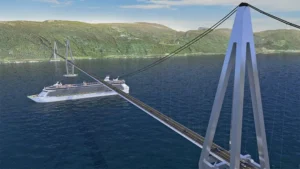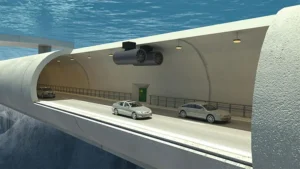Norway’s European Route E39 is the country’s biggest infrastructure project in its history. Estimated to cost around 50 billion dollars, this coastal highway will connect two sides of Norway and Denmark in a unique fashion. The road consists of underground tunnels, bridges over the sea, and multiple destinations. It is 1,330 km long and one of the longest single roads in the world as well. The project started in 2018 and is still continuing with solid progress. Although one end of the bridge will be in Denmark, the road is fully under the responsibility of the Norwegian Road Administration. The Administration is both constructing the road and the main component in the road’s maintenance.
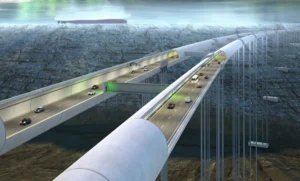
The European Route E39 started with the simple idea of decreasing the ferry rides in Norway.
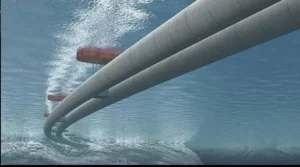
Originally, the road, from one end of the highway to the other, with ferries and/or through land, takes nearly 21 hours. Therefore, the Norwegian government is looking to change that and make the northern part of the country much more accessible. The first crossing of the coastal highway is in Boknafjorden to Bjornafjorden through an undersea tunnel. The tunnel will be located nearly 400 meters below sea and 27 kilometers long.
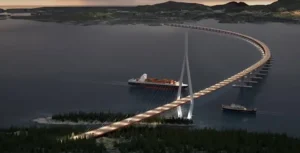
Despite being a single road, Norway’s coastal highway will be one of the most complex roads in the country. After the construction, it will cut through fjords, and mountains, and go under and over the sea. It will simply be one of the most impressive achievements of Norway.
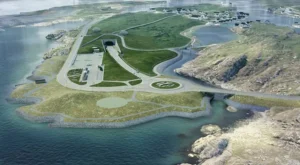
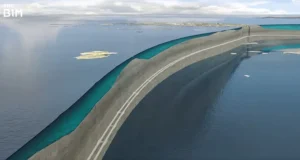
Maybe the most exciting part of the project is the Stord-Os bridges. These bridges will replace Sandvikvåg to Halhjem ferry and connect Bjornafordend. It will be a 5-kilometer-long, end-anchored floating bridge.
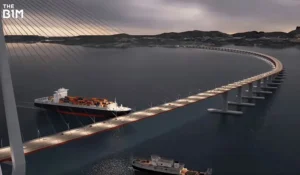
All in all the European Route E39 will decrease the ferry rides, the cost of transportation and travel, and save time immensely providing citizens with a faster and shorter route.
